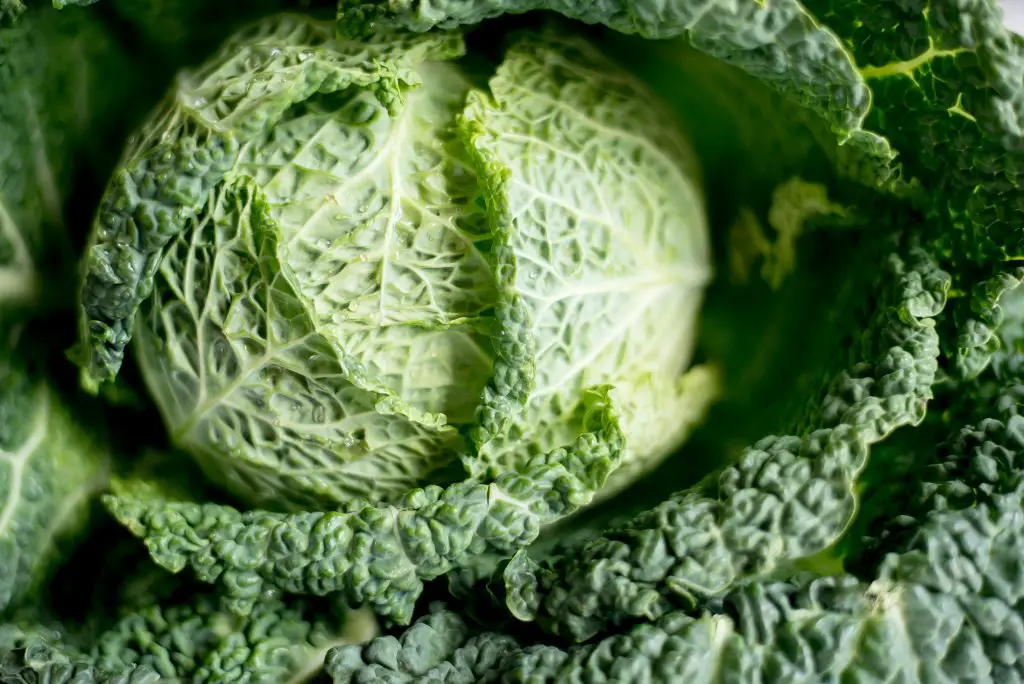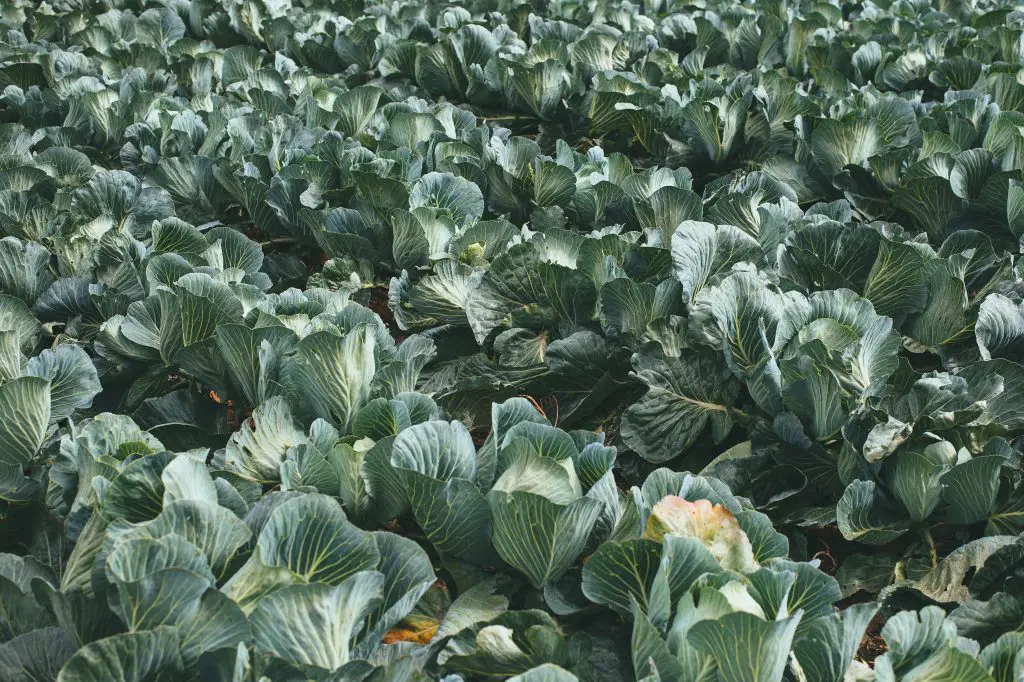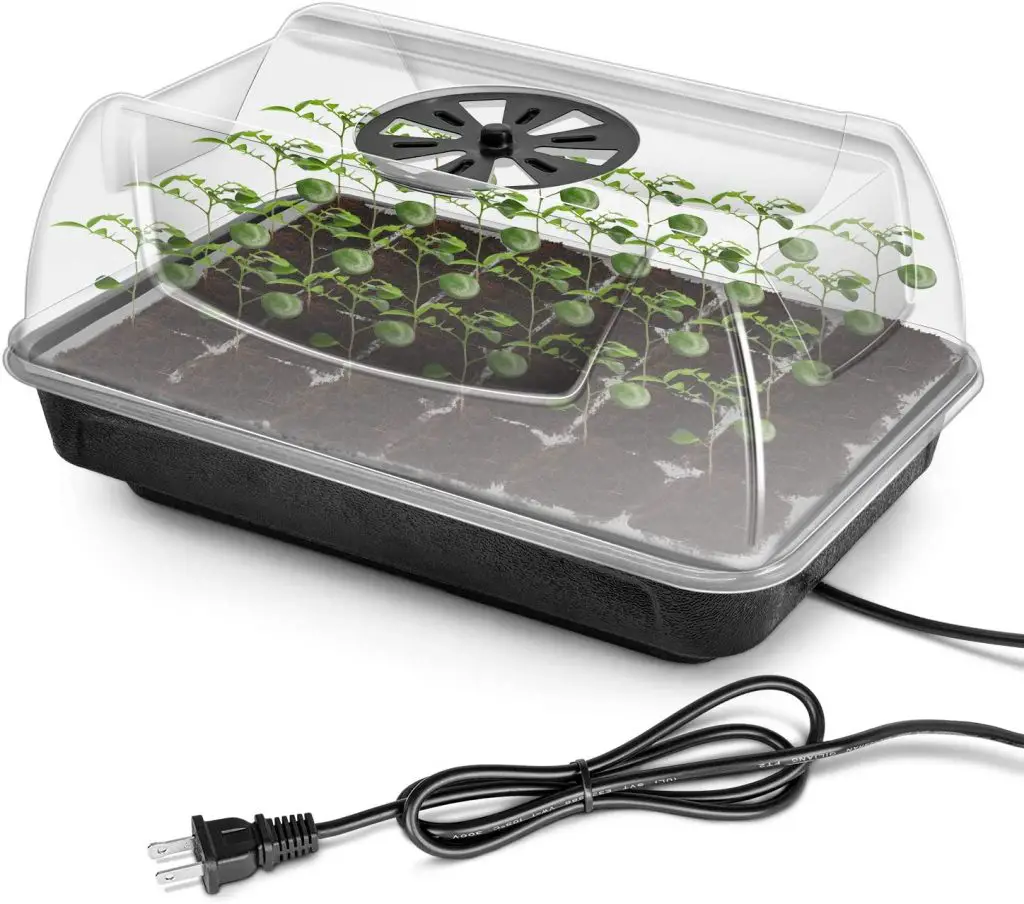How Long Does It Take To Germinate Cabbage Seeds? How Does Temperature Effect It? Cabbage plants are a winter staple in many gardens around the world, however, you can actually grow cabbages throughout the year in most regions. If you are planning to grow a cabbage one of the most common questions that is asked is how long does it take for a cabbage seed to germinate?
Cabbage seeds take around 5 days to germinate between the temperatures of 68 to 77°F (20 to 25
Cabbage seeds take around 5 days to germinate between the temperatures of 68 to 77°F (20 to 25°C) according to a study published by the University of California. However, if the temperature falls to 50°F (10°C) or lower, the amount of time taken increases to at least 2 weeks and above 95°F (35°C) the seeds will not germinate. See the table below for details.
| Days To Germinate | Temperature (°F) | Temperature (°C) |
| Not Tested | 32 | 0 |
| Not Tested | 41 | 5 |
| 14.6 | 50 | 10 |
| 8.7 | 59 | 15 |
| 5.8 | 68 | 20 |
| 4.5 | 77 | 25 |
| 3.5 | 86 | 30 |
| – | 95 | 35 |
| – | 104 | 40 |
So while cabbage is most commonly considered a winter vegetable it does need reasonable temperatures in which to germinate and grow throughout the season. As a result of this it is most common to see gardeners plant cabbages at a couple of different points during the year.
The first sowing is most commonly in late winter or early spring followed by subsequent sowings in either late spring or late summer depending upon the particular variety been grown. cabbages have early, mid, and late-season varieties which are also sometimes referred to as summer, winter, and spring varieties.
Summer varieties are typically sown in early spring for a summer harvest and they are the earliest maturing varieties. Mid-season varieties are generally sown around about the same time for a harvest throughout the winter period and the longest maturing varieties are usually sown in late summer for a harvest in the early spring of the following season.
To see details of particular varieties try visiting our vegetable database that has over 200 varieties of cabbage listed.

How To Grow Cabbage
As mentioned above cabbage can be sown at several stages throughout the year and seeds can be sown directly into the garden bed, however, most gardeners tend to plant them in seed trays.
If you live in a relatively cool environment it is recommended that you either store the seed trays inside your house in a warm location or alternatively consider using a heated seed tray. Heated seed trays have the advantage of being much more consistent in terms of temperature and therefore will accelerate the growth somewhat.
If you are considering purchasing a heated seed tray we recommend that you choose one that has a removable seed tray and humidity dome. The removable seed tray is important as it will extend the life of the unit as this is the component that will deteriorate first. The humidity dome is also very important as it will help to maintain a humid and warm environment around the seedlings during the early stages of growth. To see the latest price on Amazon click on the link below.
To start the seeds off fill the tray with a good quality seed raising mix and firm the soil into the cells to form firm plugs as this will make it easier to transplant the seedlings later on. Ideally, you should plant 2 to 3 seeds per cell to ensure that there is at least one seedling per cell. In terms of the depth of planting seeds should be planted at around ½ to ¼ inch deep in the soil.
While the plants are in the seed trays it is important to keep them constantly moist by regularly misting them with water to ensure that they do not dry out. The seedlings will typically take around 6 weeks to reach the point where they are large enough to put out into the garden. At this point in time, they are typically around 4 inches tall.
Planting Seedlings Into The Garden
Once the seedlings have reached the point they are large enough to plant outside in the garden. They should ideally be planted in a warm location that gets at least 6 hours of sunlight per day, however, cabbages will tolerate some degree of shade but it will reduce the rate of growth. They should be spaced approximately 10 to 15 inches apart.
The timing of when you plant the cabbages out is not absolutely critical, however, obviously, if the weather is starting to warm up it will help to get the plants going quickly. This is important because the plants can be highly susceptible to attack from slugs and snails earlier on so the longer the plants remain small the higher the risk is that they will be eaten.
To help protect the seedlings from slugs and snails is advisable to sprinkle snail bait around plants as they are being planted out to reduce the chances of problems. The other alternative method is to provide physical barriers such as a cloche which will serve to increase the temperature around the seedling accelerating growth as well as protecting the plant from slugs and snails.
In terms of soil conditions, cabbages prefer rich moist, and free-draining soil that is slightly acidic and contains plenty of nutrients. If you are unsure about the quality of your soil is it advisable to add a bag of compost before planting the seedlings into the ground. It is also advisable to apply a thick layer of mulch around the seedlings once they are in position to help retain moisture throughout the season.

Caring For Cabbage Plants
Once the cabbage plants are in position and have become established the main tasks required to maintain the plants is to ensure that they remain well-watered throughout the season and also to keep the beds weed-free.
Additionally, we also advise that you remove any lower leaves on the plant that are damaged or beginning to deteriorate as they provide an access point for slugs and snails. Additionally, it is a good idea to regularly inspect the heads of cabbage to ensure that they are not being attacked by snails which may require you to remove them manually as you see them.
Depending on the particular variety of cabbages you are growing they can take anywhere between 110 and 140 days to mature fully. The varieties that are grown in the cooler months can sit within the garden for an extended period of time before you pick them provided that the weather does not get too cold.
Cabbages can pretty much be picked at any stage once they reach a reasonable size however the precise point at which you harvest the cabbages will largely depend upon your tastes and needs in the kitchen at the time.
Once the cabbage is harvested it is best to remove the plant’s stub as it will not produce anything of reasonable quality going forward though you will see it regrow.
I hope you found this article useful and have great success growing cabbages at home in your garden, if you have any additional comments or questions please leave them in the section below.
Relevant Articles
What Types Of Cabbage Are There?
How Long Does It Take Cabbage To Grow? (A Complete Answer)
Is Radicchio A Lettuce Or Cabbage?
Does Cabbage Grow Underground?


